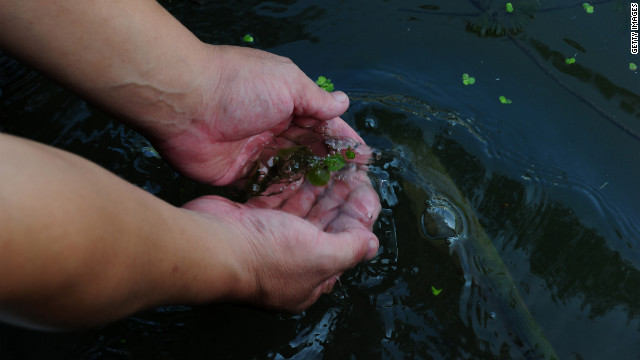

Roger Waters – bass guitar, acoustic & electric guitars, lead & backing vocals.^ "Each Small Candle" is previously unreleased. ^ The album sleeve listed the song as "The Pros and Cons of Hitch Hiking, Part 11 (AKA "5:06 AM (Every Stranger's Eyes)")". ^ "Speak to Me" is not listed in the album sleeve, but is played before "Breathe (In the Air)". " Brain Damage" ( The Dark Side of the Moon) "The Bravery of Being Out of Range" ( Amused to Death) "5:06 AM (Every Stranger's Eyes) " ( The Pros and Cons of Hitch Hiking, 1984) " Speak to Me/ Breathe (In the Air) " ( The Dark Side of the Moon, 1973) The material for the DVD was taken from a 27 June 2000 performance at the Rose Garden Arena in Portland, Oregon, while the double CD contains various recordings drawn from four performances in Phoenix, AZ Las Vegas, NV Irvine, CA and Portland, OR. A SACD featuring both stereo and 5.1 mixes was also released. So this album – the live one, which pulls together songs from all three albums – hopefully redresses the balance." The album features selected songs from a number of Pink Floyd albums, Waters' solo efforts and a new song " Each Small Candle".Ī DVD of the same title was also produced, and the two were released in a new package in 2006.
IN THE FLESH WATER FULL
"And if you haven't got Amused to Death, you haven't got the full set. Second, an increasing number of people are taking immunosuppressive medications that may leave them more vulnerable to opportunistic infection."My view is that I've been involved in two absolutely classic albums – The Dark Side of the Moon and The Wall," Waters told Classic Rock.

Global warming is expanding the breeding grounds for these warm water-loving bacteria an increasing number of cases have been reported in midwestern states as far north as Kentucky and on the Eastern seaboard in Maryland and Delaware. Two major factors are behind the modest increase in flesh-eating bacteria cases in recent years. But since one in seven people who contract the infection dies, people in high-risk groups should be vigilant. each year among the millions of people who enjoy swimming in lakes and oceans. While on the rise, it should be emphasized that cases of flesh-eating bacteria remain very rare.Īccording to the Centers for Disease Control and Prevention, there are only 205 cases of V.

Surgery, including amputation, is often required to remove necrotic tissue. The sooner intravenous antibiotics can be administrated, the better the chances of survival. If you suspect that you’ve been infected, it is imperative to get prompt medical care.
IN THE FLESH WATER SKIN
Later signs of infection may include ulcers, blisters, pus, skin discoloration, and gastrointestinal distress. Early signs of infection occur within hours of exposure and may include swelling, redness, fever, and pain that seems unusually intense. Injuries sustained while in contact with water should be disinfected immediately. If you fall into these risk groups and have an open wound, you should refrain from swimming in warm waters where the flesh-eating bacteria has been found. People who are most at risk include infants and the elderly, and individuals with weakened immune systems due to diabetes, cancer chemotherapy, alcoholism, liver or kidney disease. vulnificus is also responsible for the majority of seafood-associated deaths worldwide.įlesh-eating bacteria are considered opportunistic pathogens, meaning they do not usually produce serious illness in most normal, healthy individuals. Once it breaches the skin and gets into the bloodstream, the bacteria multiply rapidly, causing extensive tissue damage and life-threatening sepsis and organ failure. Any open cut or abrasion, including a fresh tattoo or insect bite, can be sufficient for the pathogen to enter the body. vulnificus thrives in water that is 70 degrees Fahrenheit or warmer, which is why numerous cases have been reported in areas contacting the Gulf of Mexico.Īll flesh-eating bacteria require a port of entry to get under one’s skin. If contracted from water, the culprits could be Aeromonas (fresh water) or Vibrio vulnificus (ocean or brackish water). The most frequent culprit of necrotizing fasciitis is Group A Streptococcus (group A strep), but these bacteria are not associated with swimmers. These bacteria interfere with blood circulation, which leads to the death (necrosis) and gruesome decay of tissue, which is why it is commonly called “flesh-eating.” These people are the unfortunate victims of necrotizing fasciitis, a rapidly-progressing infection caused by certain bacteria. Every summer we hear terrifying reports about people who went for a swim, only to find themselves fighting for life and limb in the hospital a few days later.


 0 kommentar(er)
0 kommentar(er)
